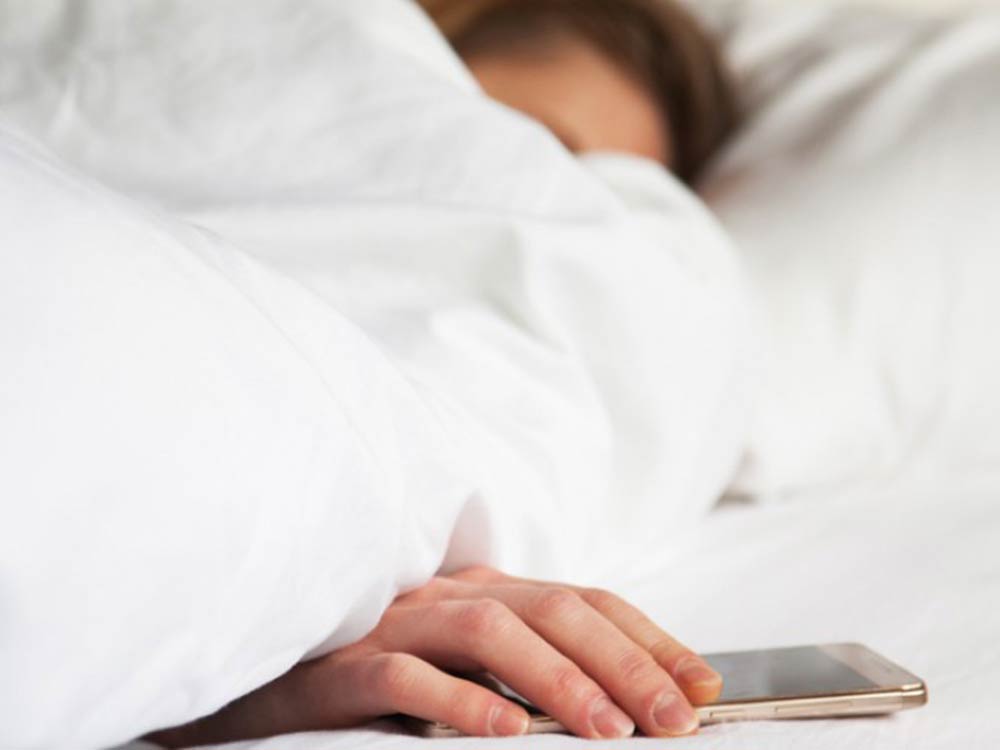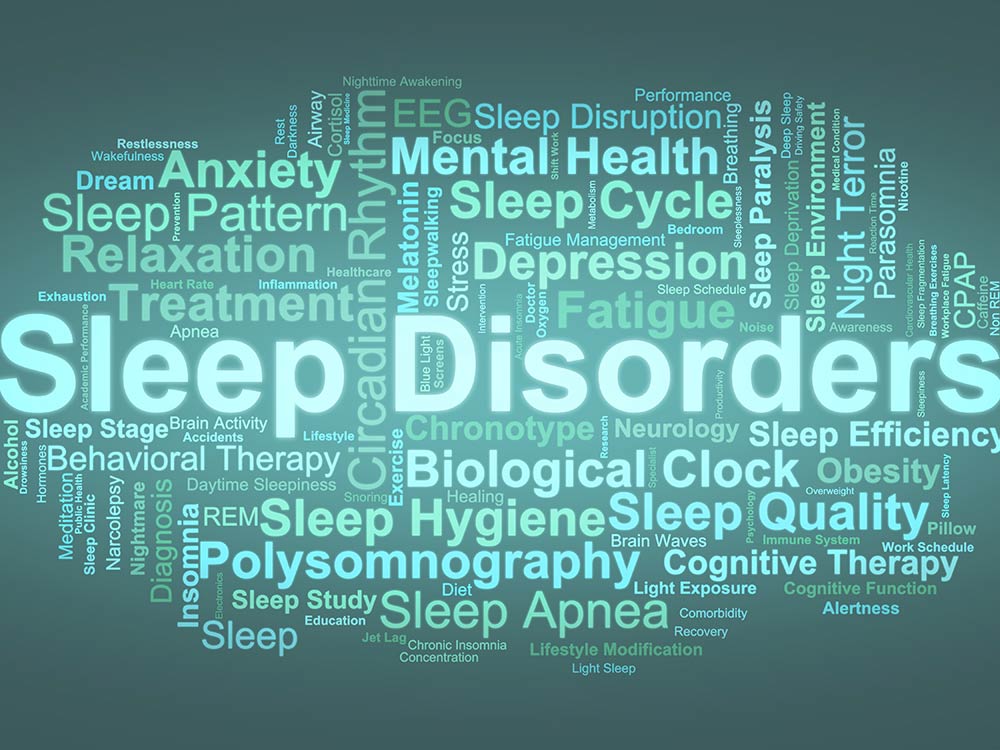Moving from downtown Chicago to the valleys of Marin County, California was a lifestyle change in many ways, but one change was particularly striking: it was dark at night. I was accustomed to the bright lights of Chicago’s many street lamps and neon signs streaming in through my windows as if to call out that the day was not yet over, but in Marin it felt like bedtime at 5:30pm.
Light is a powerful force that affects our sleep cycles and the enveloping darkness of my new environment was like a velvety blanket inviting me to curl up into a deep slumber.
As a psychiatrist and sleep specialist, I am acutely aware of the impact of light exposure on mood and the circadian rhythm. During the daytime, sunlight stimulates light sensitive cells in the retina at the back of the eye. This results in a cascade of information being sent to different brain regions including the suprachiastmatic nucleus (SCN), the clock center of the brain. Peripheral clocks located in other organs interact with the central clock as part of the regulatory system. External cues such as light and temperature reset our body clock, or circadian rhythm. Every living organism, from individual cells to plants and animals have a circadian rhythm, which is set approximately to a 24-hour cycle.
The circadian rhythm is what drives our sleep cycles, hormone secretion, and metabolic processes. Exposure to light, specifically blue light, suppresses our brain’s natural production of the sleep hormone melatonin and stimulates the parts of the brain involved in alertness and attention.
Before the advent of the light bulb, we were exposed to blue light only during the daytime hours and the warm glow of firelight in the evenings encouraged a state of relaxation. Now, we are bombarded by blue light at all hours as it is found almost everywhere, from our televisions to smart phones, to fluorescent bulbs and LED lights. Exposure to blue light wavelengths in the evenings alters our sleep rhythms by inhibiting our brain’s natural production of melatonin, resulting in altered sleep patterns, insomnia, and daytime sleepiness.
Research has shown that people who are exposed to blue light at night, such as shift workers, have higher rates of chronic diseases like obesity, diabetes, heart disease, cancer, and depression.
In our 24/7 society, there is no getting around technology and artificial lighting. So, what can be done? Regulating the timing of blue light exposure is a simple but critical way to reset our circadian rhythms and sleep cycle.
- Dim the lights in your home a few hours before bedtime. This may include turning off overhead lights and using table lamps or installing dimmer switches to better control the level of ambient light.
- Minimize blue light exposure in the evenings by turning down the brightness on cell phone screens, laptops, tablets, and e-book readers. Apps such as Twilight and f.lux filter out blue light from smart phones and computers by changing the color temperature of the screen. Wearing amber colored, blue blocking glasses in the evening is also a safe and effective way to avoid blue light. Keep TVs out of the bedroom and set a curfew for using screens in the evening, preferably 1-2 hours before bed to allow your brain time to start producing melatonin naturally.
- Keep it dark during your sleep zone. Waking up in the middle of the night is normal and typically not a cause of concern. However, just a little burst of light from looking at screens, opening the fridge, or turning on the lights to use the bathroom during awakenings can make it harder to fall back asleep. Minimize any light exposure during the night by avoiding use of screens and using a nightlight instead of overhead lights if you need to get out of bed.
- Maintain a consistent wake-up time and expose yourself to bright light at the same time every morning. If it is still very dark in the morning or you struggle with getting up on time, consider using a sunrise alarm that gradually simulates a sunrise in the bedroom.
- Stay in bright light during the daytime to help with alertness and to keep the circadian rhythm aligned with your daily routines.
Source: TMO
Read the full article -> From Light to Dark: Transform Your Sleep This New Year
Ready to optimize your sleep? Click here to get our FREE sleep guide.



